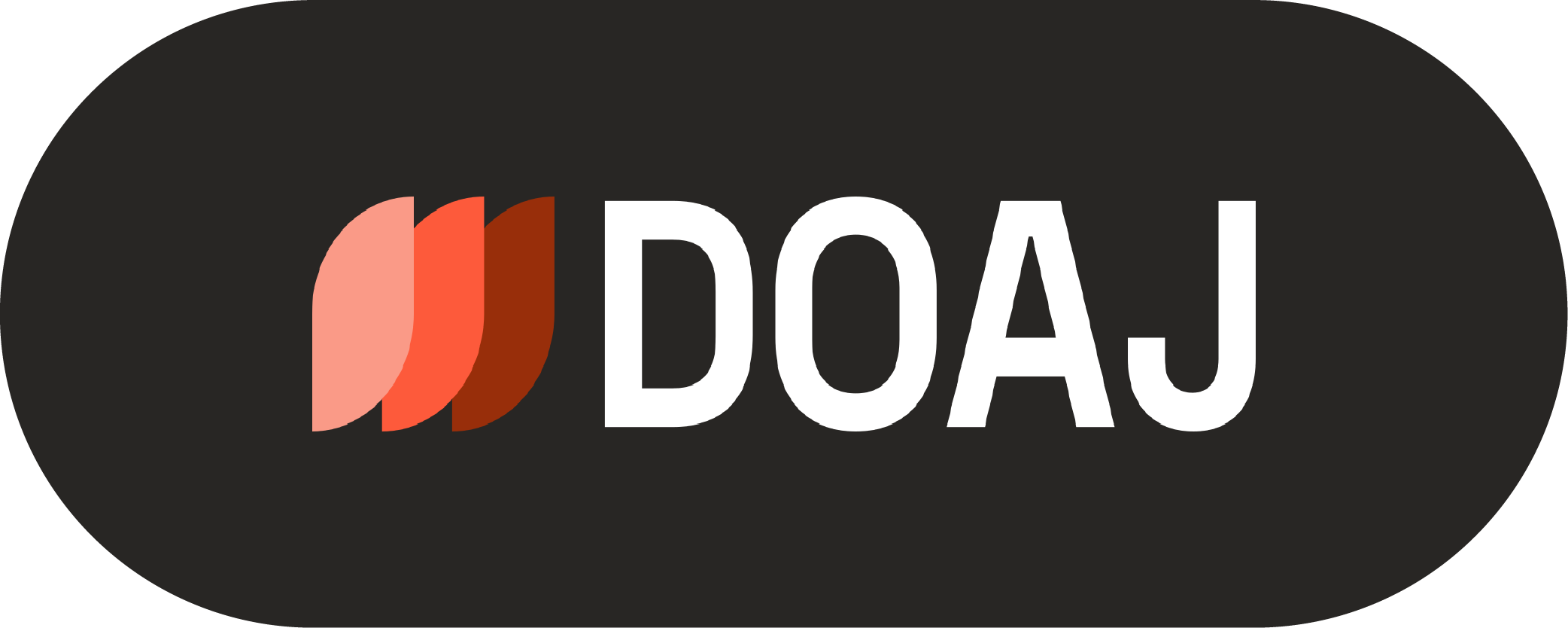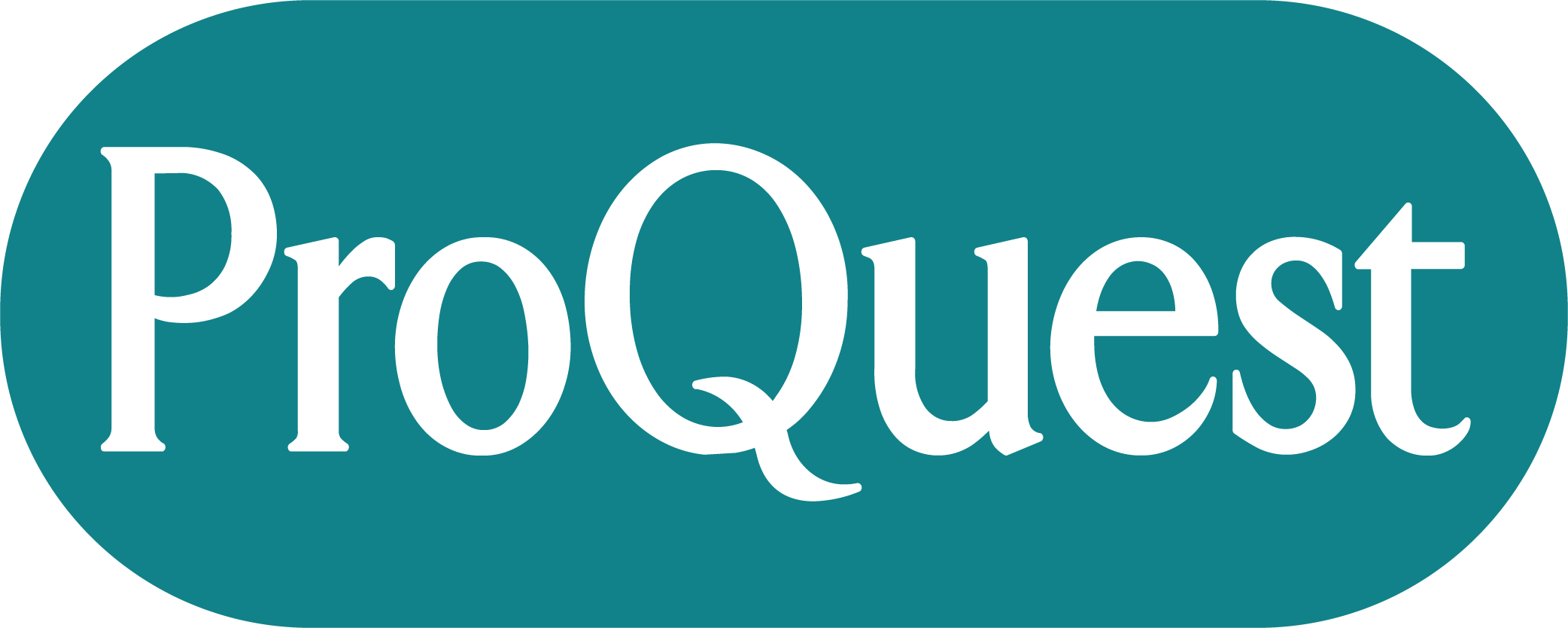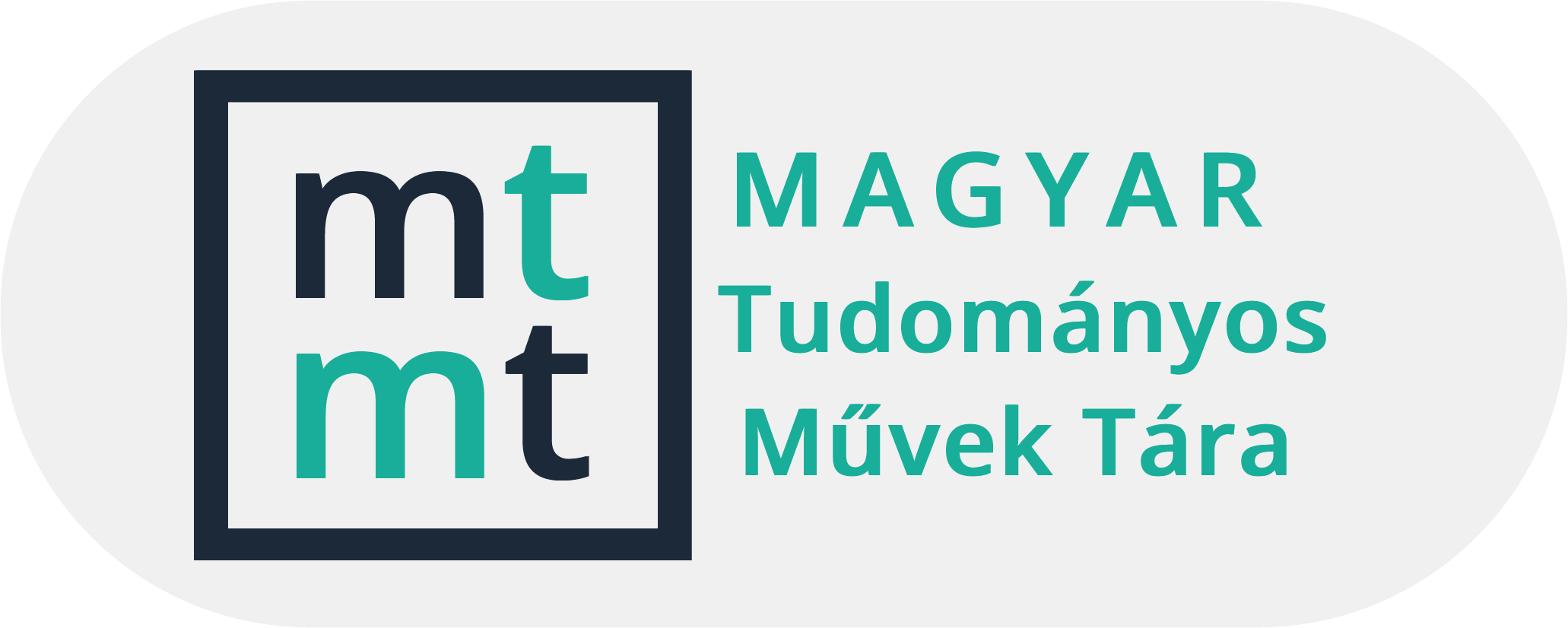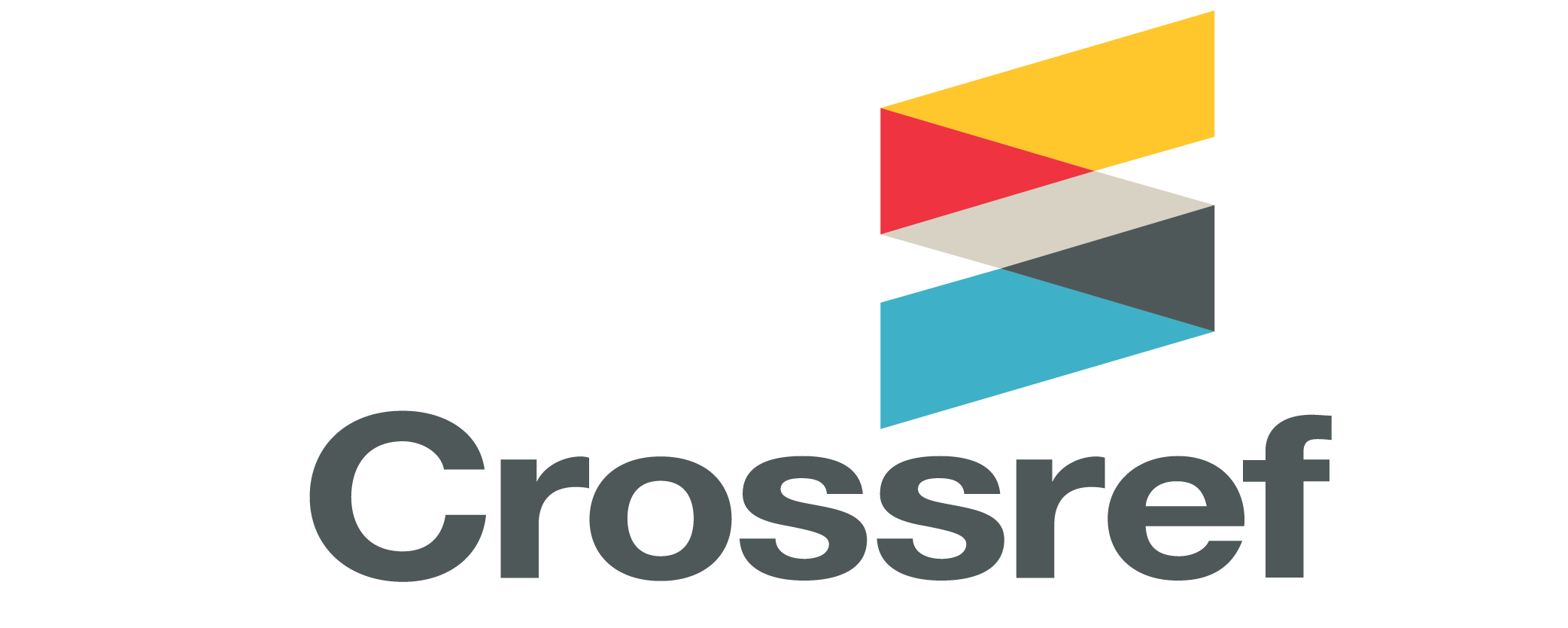Search
Search Results
-
Application of computer algebra systems in automatic assessment of math skills
395-408Views:129Mathematics is one of those areas of education, where the student's progress is measured almost solely by testing his or her ability of problem solving. It has been two years now that the authors develop and use Web-based math courses where the assessment of student's progress is fully automatic. More than 150 types of problems in linear algebra and calculus have been implemented in the form of Java-driven tests. Those tests that involve symbolic computations are linked with Mathematica computational kernel through the Jlink mechanism. An individual test features random generation of an unlimited number of problems of a given type with difficulty level being controlled flat design time. Each test incorporates the evaluation of the student's solution. Various methods of grading can be set at design time, depending on the particular purpose that a test is used for (self-assessment or administrative exam). Each test is equipped with the correct solution presentation on demand. In those problems that involve a considerable amount of computational effort (e.g. Gauss elimination), additional special tools are offered in a test window so that the student can concentrate on the method of solution rather than on arithmetic computations. (Another obvious benefit is that the student is thus protected from the risk of frustrating computational errors). Individual tests can be combined into comprehensive exams whose parameters can be set up at design time (e.g., number of problems, difficulty level, grading system, time allowed for solution). The results of an exam can be automatically stored in a database with all authentication and security requirements satisfied. -
The background of students' performance
295-305Views:96The question to which we were seeking was: how can we reveal the students' strategies and mental process by following their work precisely and by finding out what correlation these have with their efficiency. Our aim was to understand the factors behind of students' achievement. We tried to follow up the process of problem solving by looking at the number of wrong turnings. -
Examining relation between talent and competence through an experiment among 11th grade students
17-34Views:120The areas of competencies that are formable, that are to be formed and developed by teaching mathematics are well-usable in recognizing talent. We can examine the competencies of a student, we can examine the competencies required to solve a certain exercise, or what competencies an exercise improves.
I studied two exercises of a test taken by students of the IT specialty segment of class 11.d of Jedlik Ányos High School, a class that I teach. These exercises were parts of the thematic unit of Combinatorics and Graph Theory. I analysed what competencies a gifted student has, and what competencies I need to improve while teaching mathematics. I summarized my experience about the solutions of the students, the ways I can take care of the gifted students, and what to do to the less gifted ones. -
Interactive web portals in mathematics
347-361Views:184Many of the recent problems in higher education (less contact seminars, the heterogeneity and the increasing number of our students) call for new instructional methods. At University of Szeged we have developed a mathematical web portal which can offer a solution for such problems among the changing circumstances. This freely available, easy-to-use web-surface supports interactive mathematical problem-solving and student self assessment. Our computer program cooperates with a lot of free software (computer algebra systems, formula parsers, converters, word processors). WebMathematics Interactive has been available for the public since June 2002 on its web page http://wmi.math.u-szeged.hu. -
Consequences of a virtual encounter with George Pólya
173-182Views:178The consequences of a virtual encounter with George Pólya as a teacher are recorded. An instance of his influence on my mathematical thinking is recounted through work on one of the problems in one of his books.
Subject Classification: 01A99, 11A05, 97-03, 97D50
-
Our duties in talent management in the light of the results of the International Hungarian Mathematics Competition of 2017
55-71Views:108The 4th International Hungarian Mathematics Competition held in Transcarpathia, Beregszász between April 28 and May 1, 2017, was organized by the Hungarian Carpathian Hungarian Teachers' Association (KMPSZ) and the Ferenc Rákóczi II. Transcarpathian Hungarian Institute (II. RFKMF).
The venue for the competition was the building of the Ferenc Rákóczi II. Transcarpathian Hungarian Institute. 175 students participated in the competition from Hungary, Romania, Serbia, Slovakia and Transcarpathia.
In this article, we are going to deal with the problems given in the two rounds to students in grades 5 and 6, and, in the light of expectations and performance, we make some suggestions for a more effective preparation of talented students on after-school lessons. -
Shall we use one more representation? Suggestions about establishing the notion of recursion in teaching informatics in primary schools
209-229Views:86Among the most prominent developmental tasks of primary school education one finds increasing pupils' cognitive capacity with especial regard to observing, interpreting, coding and proving skills, which form an integral part of information and communication culture.
Info-technology (problem solving with the tools and methods of informatics), a subject matter within informatics, provides outstanding opportunities to reach the aims outlined above.
This study presents methodological ideas related to the subfield Algorithmization and data modelling of Info-technology. More specifically, it presents teaching methods to be applied while establishing the notion of recursion in grades 3–8 of primary education, and at the same time it also focuses on various realization possibilities of the prominent developmental tasks mentioned above. -
Kompetenzstreben und Kompetenzerwerb: Funktionale didaktische Fördermöglichkeiten durch Differenzierung und Individualisierung
1-52Views:104As a first glimpse of specific research endeavours the most important components of competence motivation are discussed in relation to didactical questions of gaining competence by inner differentiation and individualization: self-efficacy, optimal challenge, intrinsic motivation, exploration needs, internal attribution, self-determination motivation, defense of self-worth, self-concept, and achievement motivation. In this sense "competence" means ever changing standards of self-regulation of an individual interacting with the various cognitive and emotional demands of his/her environment.
In fulfilling these requirements a prototypical example of inner differentiation in mathematics instruction is given. This didactical elaboration is available as a selfinstructing unit in Hungarian and German language within the "Electronic periodical of the Department of Methodology of Mathematics" which can be reached under http://mathdid.inhun.com. -
Promoting a meaningful learning of double integrals through routes of digital tasks
107-134Views:354Within a wider project aimed at innovating the teaching of mathematics for freshmen, in this study we describe the design and the implementation of two routes of digital tasks aimed at fostering students' approach to double integrals. The tasks are built on a formative assessment frame and classical works on problem solving. They provide facilitative and response-specific feedback and the possibility to request different hints. In this way, students may be guided to the development of well-connected knowledge, operative and decision-making skills. We investigated the effects of the interaction with the digital tasks on the learning of engineering freshmen, by comparing the behaviours of students who worked with the digital tasks (experimental group, N=19) and students who did not (control group, N=19). We detected that students in the experimental group showed more exibility of thinking and obtained better results in the final exam than students in the control group. The results confirmed the effectiveness of the experimental educational path and offered us interesting indications for further studies.
Subject Classification: 97D40, 97U70, 44A45
-
Writing a textbook – as we do it
185-201Views:64Recent surveys studying mathematics teaching show that there is a great variety in the level of mathematics teaching in Hungary. To increase efficiency (and decrease differences between schools) it is essential to create textbooks with new attitudes. The experiment we started after the PISA survey of 2000, produced a textbook that is new, in some sense even unusual in its attitude and methods. This paper presents the experiences we gained in the course of this work. -
Development and assessment of non-cognitive skills among engineering students: a comparison across two universities
161-182Views:19Non-cognitive skills, such as logical thinking and problem solving, are crucial for success in engineering fields. To assess these skills in undergraduate engineering students, we designed a targeted test comprising four different types of tasks. The study was conducted among students at the Faculty of Engineering at the University of Debrecen, and the Faculty of Mechanical Engineering and Informatics at the University of Miskolc. The aim of this paper is to analyze the test results, gather students’ feedback, and examine the strength of the relationships between deductive reasoning, diagrammatic reasoning, and algebraic thinking.
Subject Classification: 97C20
-
The application of modelling tasks in the classroom – why and how? with reflections on an EU teacher training course
231-244Views:169The aim of the article is to present the concept of mathematical modelling in the classroom. LEMA (Learning and Education in and through Modelling and Applications) was an EU Comenius funded project in which mathematics educators from six countries worked to produce materials to support teachers' professional development. A group of voluntary Hungarian mathematics teachers were taught modelling for a year and we were and still are given feedback continously. The article leads us from the general concept of mathematical modelling to its practice in the classroom. It presents difficulties that teachers have to face when doing modelling lessons and their students' reactions are also mentioned. We present sample tasks from the material of the teacher training course as well as tasks that were created by the participants. -
Rational errors in learning fractions among 5th grade students
347-358Views:148Our paper focuses on empirical research in which we map out the errors in learning fractions. Errors are often logically consistent and rule-based rather than being random. When people face solving an unfamiliar problem, they usually construct rules or strategies in order to solve it (Van Lehn, 1983). These strategies tend to be systematic, often make ‘sense’ to the people who created them but often lead to incorrect solutions (Ben-Zeev, 1996). These mistakes were named rational errors by Ben-Zeev (1996). The research aims to show that when learning fractions, students produce such errors, identified in the literature, and that students who make these kinds of mistakes achieve low results in mathematics tests. The research was done among 5th-grade students.
Subject Classification: 97C10, 97C30, 97C70, 97D60, 97D70, 97F50
-
Self-regulated learning in mathematics lessons at secondary level
139-160Views:15Self-regulation is a prerequisite to be able to set goals and to find suitable ways to reach them. Furthermore, it is an important ability which affects different areas of every day’s life. In educational context, self-regulation is often linked to self-regulated learning. The concept of self-regulated learning as well as key terms related to this topic such as problem-solving and modelling tasks will be discussed, while an emphasis lays on the role of the teacher. In this paper, a study on the attitudes of mathematics teachers towards self-regulated learning is presented. It focuses on teachers’ assessment of the possibility and limitations of self-regulated learning in mathematics lessons. It can be observed that most of the surveyed teachers try to incorporate self-regulatory processes in their teaching, but encounter difficulties related to various factors, such as their students, framework conditions, and the time required for such learning processes.
Subject Classification: 97D10






